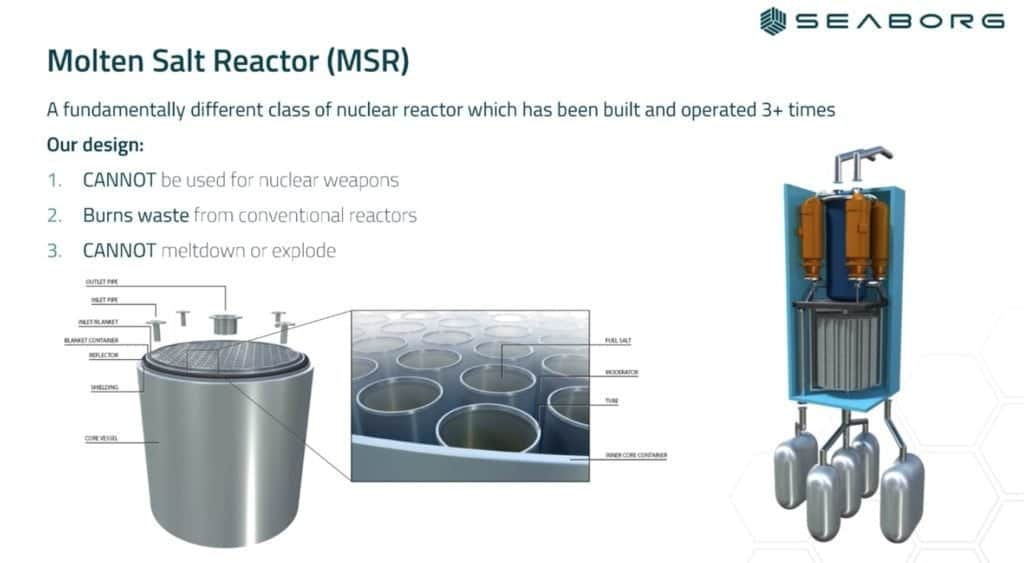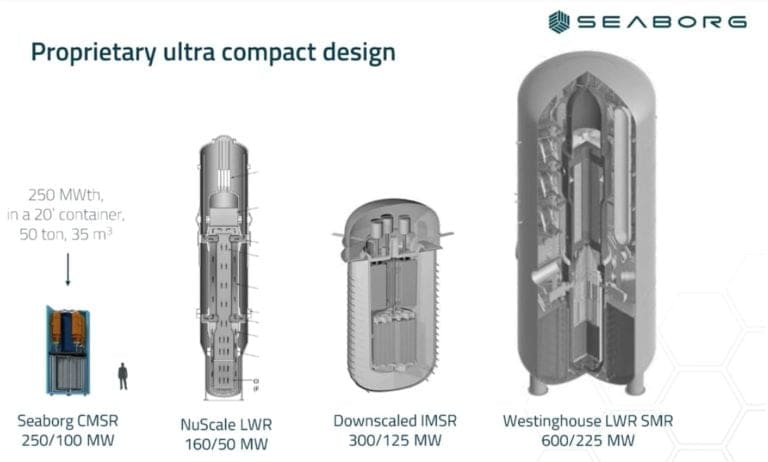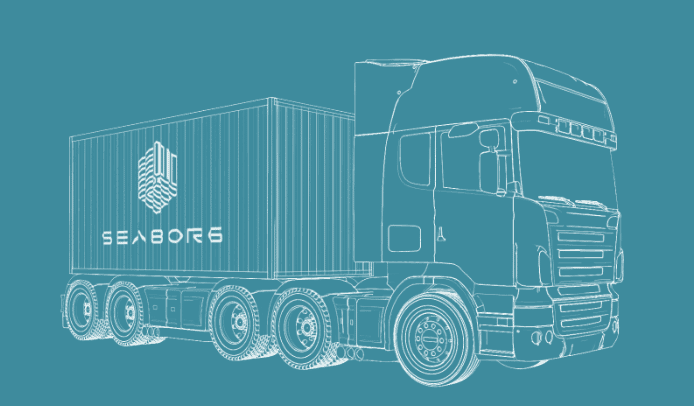Seaborg is the largest European startup in the field of nuclear reactor design. His current creation is an ultra-compact “melted salt” nuclear reactor (called CMSR): its core cannot melt. No Chernobyl, no sarcophagus, no nightmare of nuclear holocaust. Best of all, it doesn't require cooling (or all that water).

In the CMSR, the fuel is placed in a liquid salt which acts as a coolant, ensuring a constant temperature and preventing the core from melting or exploding, and in an emergency it simply shuts down on its own.
The issue of security is fundamental, but this system also involves a crazy reduction in costs: the CMSR under study is ten times smaller than a current reactor, and aims to become 20 to 30 times smaller than a current submarine reactor.

Seaborg can afford to "burn" even nuclear waste by adding Thorium as a catalyst: a sort of nuclear incinerator, in other words. Current reactors use 4% of the potential of uranium 235 rods, and cannot use uranium 238. Thorium combined with uranium extends nuclear fission for hundreds of thousands of years instead of tens of thousands.
The road map with the related costs faced and to be addressed:
• 2014-2016:
Phase 1 preliminary to the concept;
• 2017-2018:
Phase 2 preliminary to the concept: 1.5 million euros;
• 2019-2020:
Concept design phase: € 10 million;
• 2021-2024: Technical drawing phase: 50 million euros;
• Construction projects completed.
The first pilot project will be 50MW, to be built by the end of 2024. The estimated cost for a 250MW reactor to be built in 2025 is between 50 and 70 million euros. And the Chernobyl sarcophagus can rest in peace.


